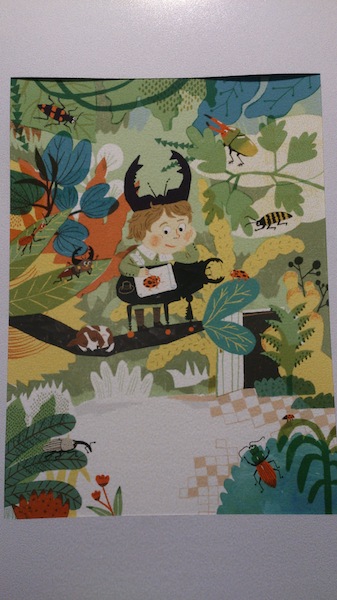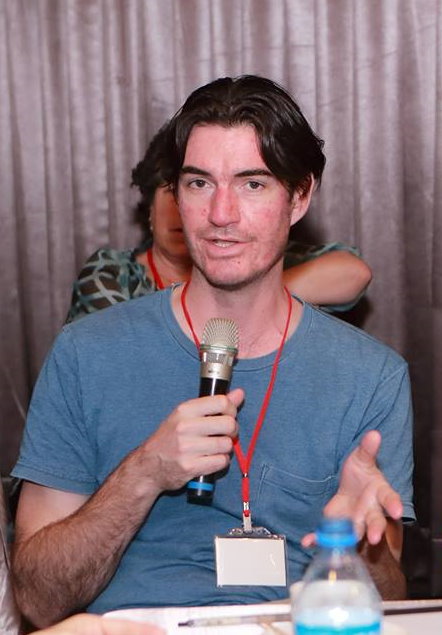First published on October 12, 2016 by Readmoo News:
https://news.readmoo.com/2016/10/12/161012-books-from-taiwan/
The night air was cool, and under a thin drizzle in the Songshan Cultural Park, the log-cabin-style Yue Yue Bookstore was lit with a warm glow. Gray Tan, founder of the Grayhawk Agency, and Grace Chang, rights director for Books from Taiwan sat together on a brown leather couch. The two were holding a talk titled “Far Afield: The Fantastic Journeys of Chinese Books in Translation,” in which they called upon years of experience in the rights business in order to impart secrets of selling Chinese titles in other countries.
Typhon Megi had postponed the talk for a week, but the two still drew a full house, including editors, translators as well as writers. With Chinese books gradually receiving greater notice abroad, more people have become interested in the topic. Speaking as a pioneer in representing Chinese-language authors in international markets, Gray Tan disabused the audience of four common misconceptions.
1. Does translation just mean English translation?
We tend to think that when we talk about the translation of Chinese books, we mean translating into English, assuming the enormous English-language market to be the main goal for Chinese authors. Although it can’t be denied that English is the world’s most influential language, the English-language market is the hardest to break into. Gray Tan, with seven years’ experience selling Chinese books abroad, tells us that only 3% of the books published in America are translations – an astonishingly low number.
“Taking modern and contemporary Chinese literature together, the number of books published in the United States in any given year can probably be counted on one hand.” Tan said. It would be much more effective to prepare English-language materials (or “rights lists”) so all international editors can read about books in which they might be interested. Such introductory materials should include plot summary, author bio, sales and review excerpts, and above all, a sample translation by a native English-language translator.
These synopses are like a book’s ID, serving as an introduction and an advertisement. How many copies have been sold in Taiwan? Has it been made into a movie? Any positives that will help sell the rights should be listed, creating a strong case for the book.
It is also very important to use comparison titles (“comps” for short) as reference. For instance, The Man from Riversouth, the novel that has been adapted into China’s biggest TV series, Nirvana in Fire, can be described as China’s answer to The Count of Monte Cristo and Game of Thrones.
This will give a foreign editor an immediate, general idea of what the book and author are like. Although it won’t be completely the same kind of work, this is still an efficient method for promoting a book.
2. Is the friendly relationship between Taiwan and Japan conducive to selling Taiwanese books in Japan?
When you go into a Taiwanese bookstore, the shelves are packed with translated works, and aside from the large quantities of literature from the U.S. and the U.K., many come from Japan. From the literary giant Haruki Murakami to manga and “light novels”, Japanese literature in translation is extremely popular in Taiwan. Does the closeness of the two cultures and peoples help the sale of Chinese books in Japan?
Gray Tan once again threw a wrench into the conversation, noting that the Japanese market is quite closed, and both the quality and quantity of their own books are high, which doesn’t allow for much translated work. Readers there are not accustomed to reading works in translation, and that extends to more than just Chinese-language books. Even global bestsellers like Fifty Shades of Grey and The Hunger Games have sold poorly in Japan. An international bestseller could be licensed in thirty foreign languages, except for Japanese. Tan proposed instead that we can turn our attention toward Korea, where interest in Chinese culture is high and there are many Chinese language learners. It’s a market that should not be ignored.
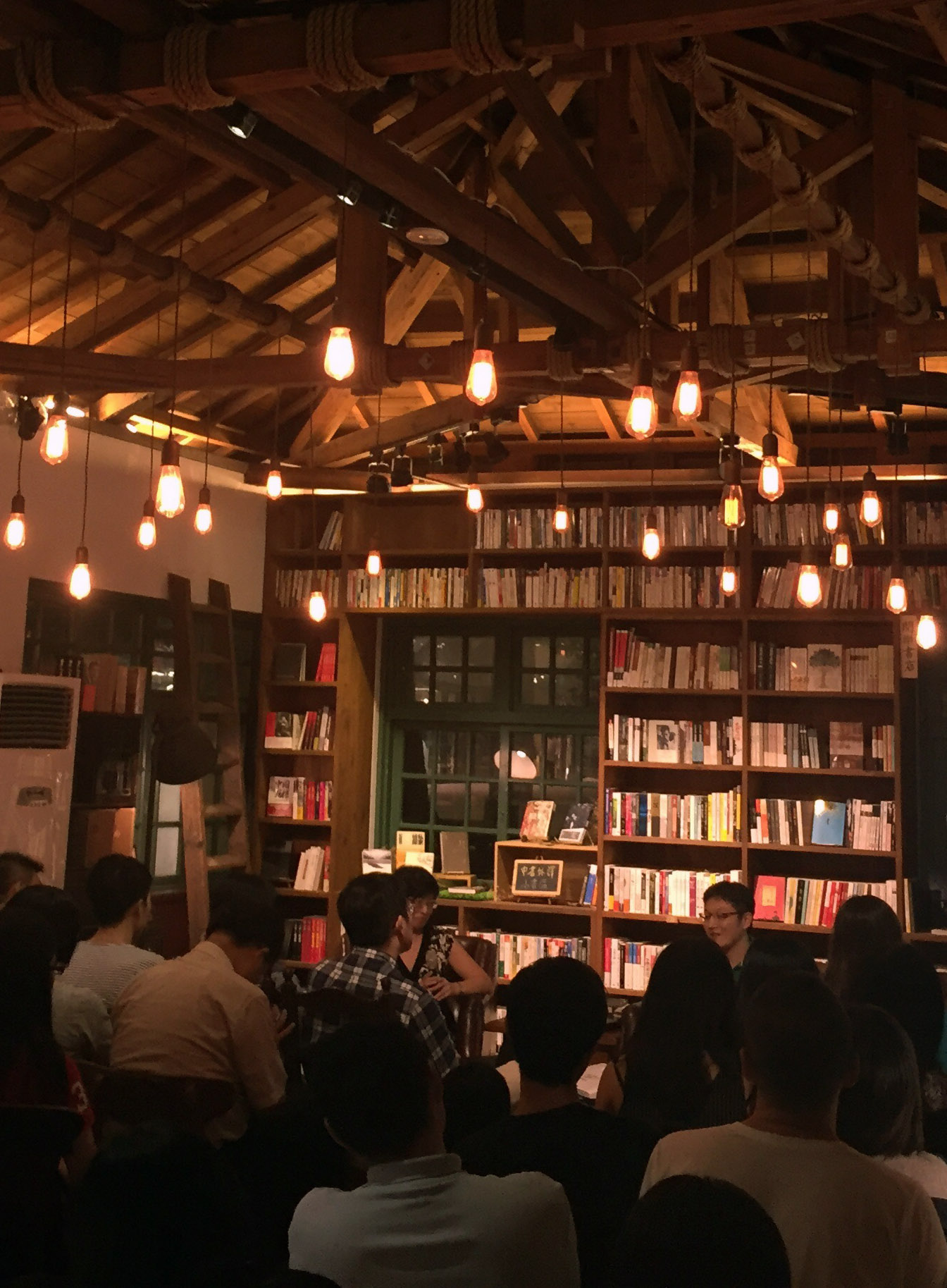
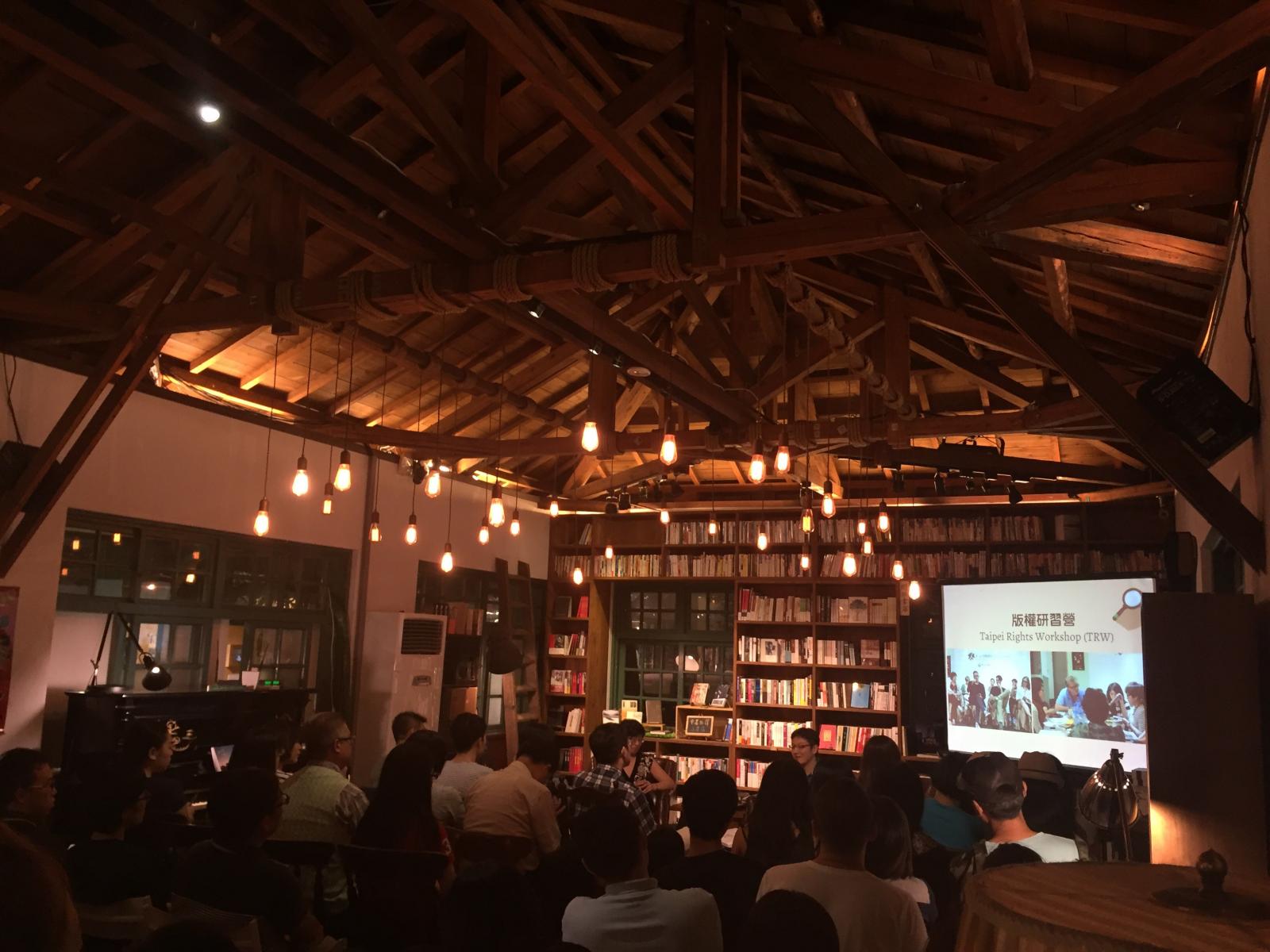
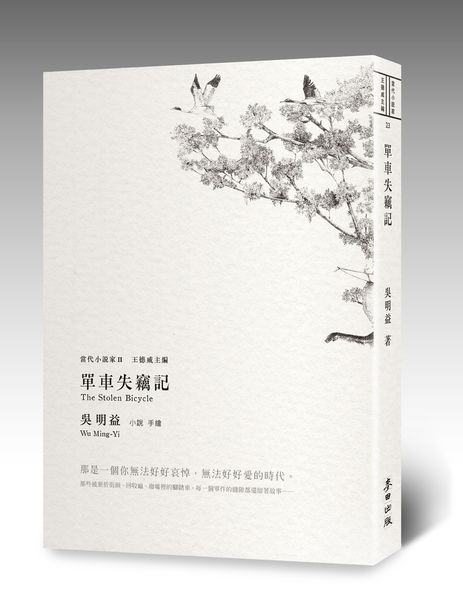

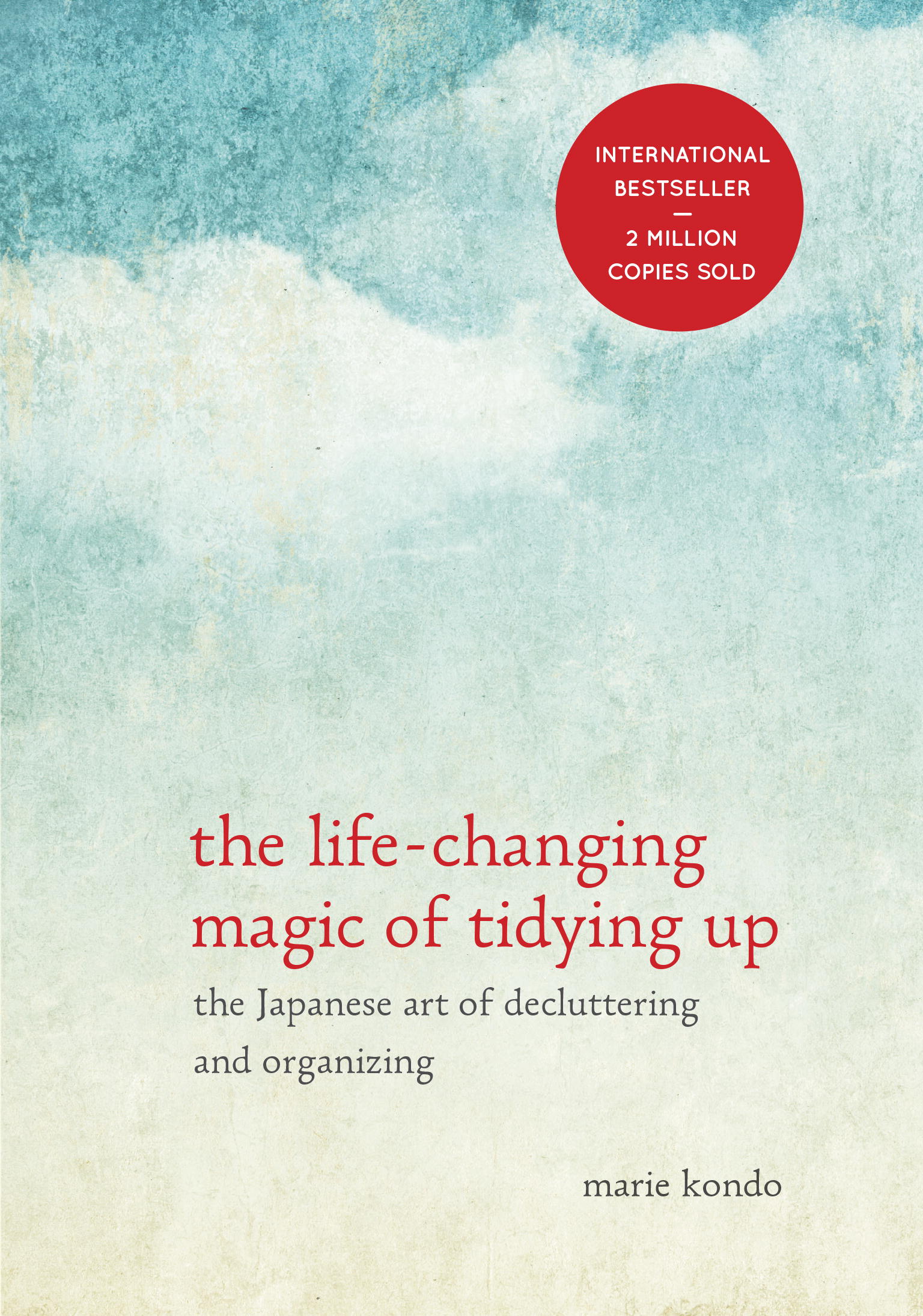
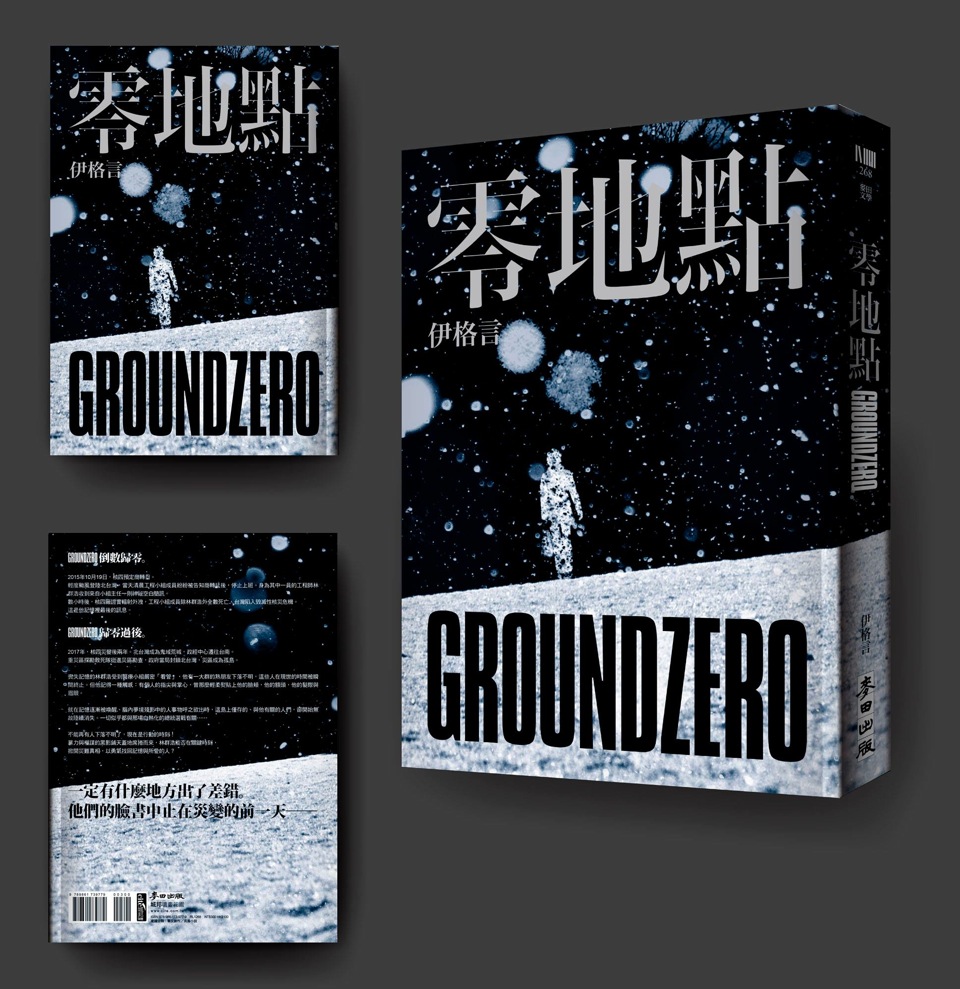

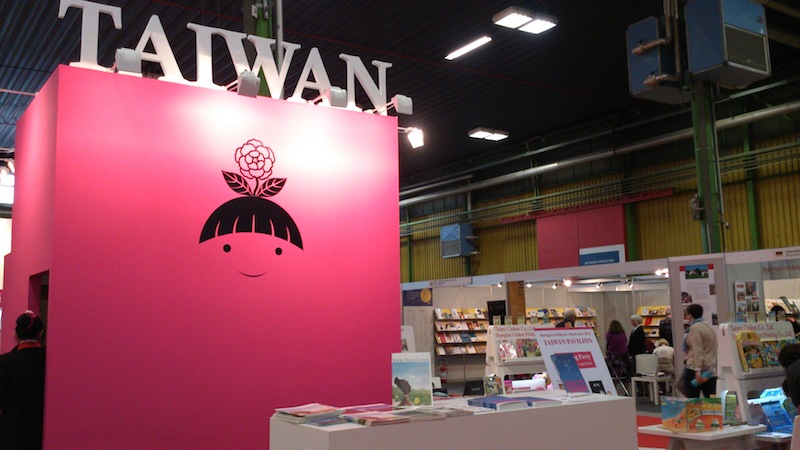
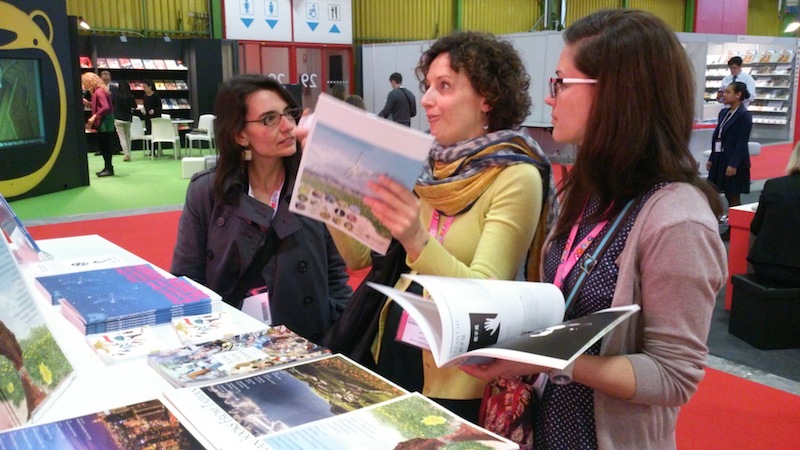
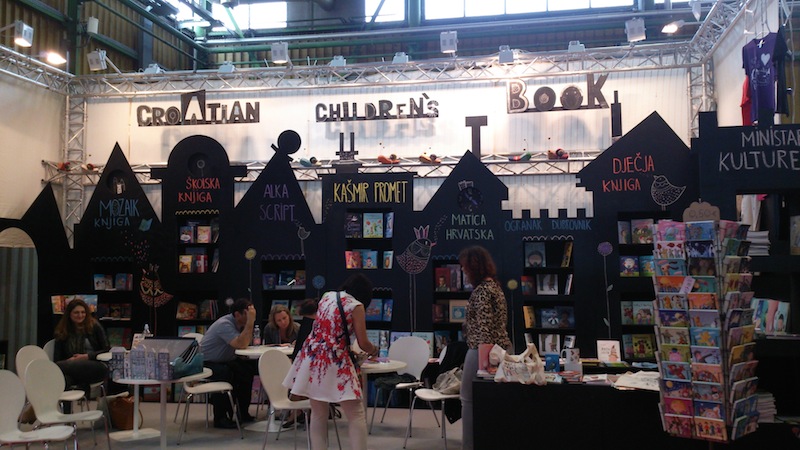 Croatia
Croatia
